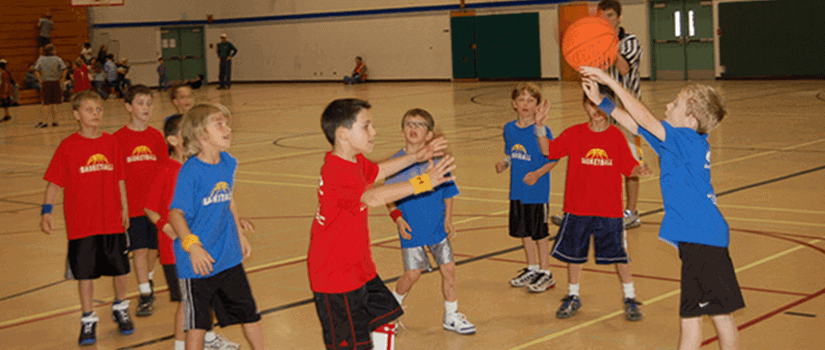
Understanding Health and Safety
Safe practice should be an integral part of all aspects of physical education and sports, at all ages and levels of ability. Accidents do happen, as the nature of physical activities leads to a greater potential risk, and these accidents can highlight the importance of safe practice. Adopting good procedures can mean the difference between a minor and a severe injury, and can reduce the likelihood of such incidents occurring at all. Teachers, lecturers or coaches therefore have a duty of care for those under their responsibility to ensure that all planning and implementation includes recognition of safety as a main element.
An example of this was recently highlighted in the form of complaints regarding younger children playing rugby. Writing in the British Medical Journal, neurosurgeon Michael Carter argued that the encouraged aggressive nature of rugby has led to many youngsters being injured needlessly. As Carter notes, the sport requires full contact collision with extreme force in order to acquire and maintain possession of the ball, which exposes players to the risk of serious physical injury (2015).
An activity is deemed as safe where the associated risks are judged to be acceptably low. The identification of these risks should come through good teaching and analysis and management of a situation. Although the over-riding responsibility for health and safety is placed on the employer (local authority, governors or trustees), schools have a duty to apply the policies and guidance within the learning environment and ensure that all young people are aware of safe practice. The Association for Physical Education (afPE) offers an updated handbook detailing the latest changes to legislation with specific case studies, which educators will find useful in applying safe practice in their own lessons.
The Principles of Safe Teaching
Whatever the nature of the practical lessons, it is generally accepted that some kind of risk assessment noting the main risks and relevant control measures required should be included on the scheme of work or lesson notes. The more intricate the potential risks, the more detailed the risk assessment should be. With this in mind, educators should take into consideration the relevant safe teaching principles before and during any physical class activity. These could include people-related principles such as group-management skills; ensuring students wear suitable clothing, managing any support staff, and involving the pupils in safety procedures. It is important to be aware of the environment the activity will take place in; allowing sufficient space for the activity, having fire safety provision, checking all equipment, and establishing procedures for injury, evacuation or any critical incidents. Additionally, organisation-related principles should be taken into account, such as clear learning outcomes and lesson structure, ensuring students are matched in terms of size and ability (considering the vastly differing physical statures of growing children), use of regular and approved practice, a suitable level of progression, on-going safety checks, and awareness of offsite facilities.
In response to the issue with contact sports, Carter (2015) has argued for a more creative approach to match weight as well as age, alongside early season strength and conditioning training to decrease the risk of injury amongst smaller players. Additionally, careful refereeing is needed, with a zero tolerance policy on any dangerous violations of rules. For those who are hesitant to participate in contact sports, non-contact alternatives could be a better option as an introduction to the contact game.
References
- Association for Physical Education (2014) ‘Safe Practice in Physical Education & Sport’. Available at: https://www.afpe.org.uk/physical-education/safe-practice-in-physical-education-school-sport-and-physical-activity/ [Accessed January 9th 2015].
- Carter, M. (2015) The Unknown Risks of Youth Rugby. British Medical Journal, 350(26). Available at: https://www.bmj.com/content/350/bmj.h26 [Accessed January 19th 2015].
Photo: J C Winkler


[…] Safe Practice within Physical Education […]
[…] Safe Practice within Physical Education […]
[…] Accidents do happen, as the nature of physical activities leads to a greater potential risk, and these accidents can highlight the importance of safe practice. Adopting good procedures can mean the difference between a minor and a severe injury, and can reduce the likelihood of such incidents occurring at all. via […]